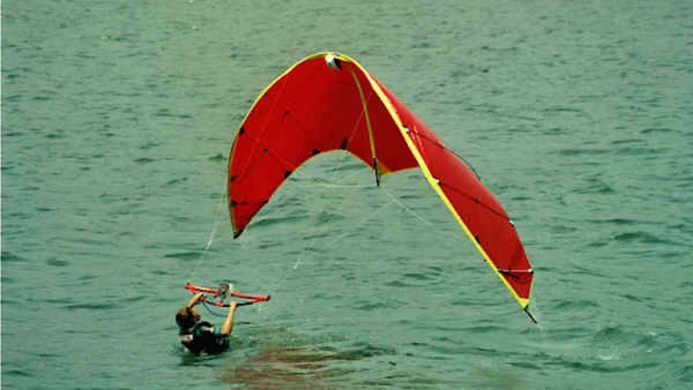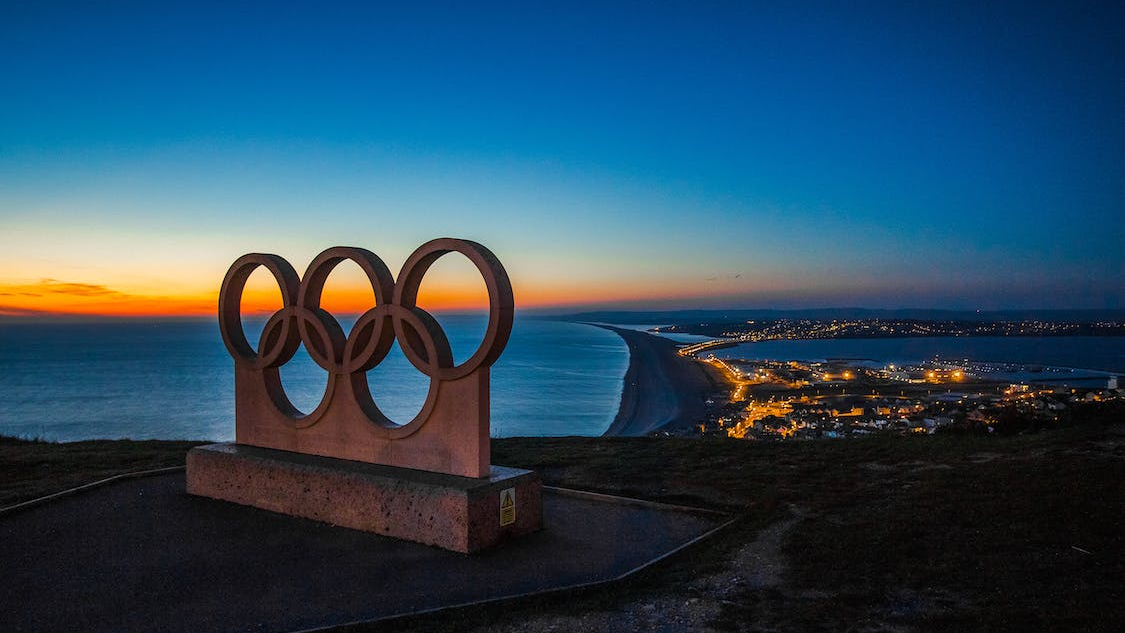
Table of Contents
Picture yourself flying without shape or weight. Just lift a float with a kite and board beneath you. It is the fantastic world of kiteboarding, or kitesurfing, if we look at it another way.
Right from its inception in the late 1970s, kitesurfing has been a curiosity and something learned about by inspired outdoor enthusiasts from around the globe. This blog article, which explores the fascinating history of kitesurfing, describes its background, beginning as a new idea and gradually developing all over the world into a popular water sport.
Sail with us, and we shall uncover the origins, milestones, and intriguing story of kitesurfing. Discover the hopes and dreams that led to the rise of the sport and find out how it came to be so popular.
When Was Kitesurfing Invented?
Kitesurfing as a contemporary water sport and the kite propulsion that provides the thrill was invented in the late 1970s and early 1980s. Cory Roeseler’s groundbreaking experiments in the 1980s where he creatively merged the worlds of kites and waterski made this year a pivotal moment in the history of kitesurfing.
By end 1980s kitesurfing was developed, which laid the foundation stones for its further development in the future. The 1990s saw some major developments both in kite and board designs, which critical to improving both the functionality of and safety of the sport.
Though the exact point of kitesurfing’ invention introduces its own degree of substantial difficulty, what is undeniable is its overwhelming progression from an experimental concept to a global phenomenon. The collective initiative of kiting experts and water sports players fueled the growth of the sport and finally molded it into the exciting activity we love today.
What Is The Birthplace of Kitesurfing?
Hawaii, as the birthplace of kitesurfing, is the best place to enjoy the activity owing to the fact that it has fine beaches and strong trade winds characteristic of the area. In the late 1970s and early 1980s, water sports fanatics came from far and wide to Hawaii to break the boundaries of what was possible by taking advantage of the wind and swells to match themselves against their own abilities.
Kite skiing, as it is known today, started to evolve before the end of the millennium, when Cory Roeseler successfully adapted it for water skiing. These experiments would later develop into the kitesurfing we know today. The Hawaiian coast, with its constant contrasts, favorably influenced the wild-wind surfing industry in Hawaii.
The magnificent Hawaiian watersports tradition was instrumental in the dissemination of kitesurfing to the wider world; beyond the shores thereof, it inspired many adrenaline junkies. Nowadays, Hawaii is still a famous destination for kitesurfing, inviting kitesurfers from every corner of the world for its legendary waves and winds that cannot be found anywhere else.
Since Hawaii is the birthplace of kitesurfing, it has played an important role in the overall history of kitesurfing, expressing the daredevil and innovative nature of the kitesurfing community that contemporary kitesurfing lifestyles are ruled by.

Who Invented Kitesurfing?
The creation of kitesurfing is acknowledged as the result of the collective effort of different people, who were all significant contributors to the evolution of the sport. Cory Roeselter, who experimented with kite propulsion and water skiing back in the 1980s, became a pioneer, preparing a way for kite skiing to move forward.
Bill Roeseler, the brother of kiteboarding pioneer Cory, greatly assisted in fine-tuning the kite and board models, evolving the sport beyond its current abilities. Furthermore, Gijsbertus Adrianus Panhuise, the inventor of a kite-powered boat, was the person behind most kitesurfing technology at that time.
Each of these individual visionaries collectively paved the way for kitesurfing as it is today, out of novelty and into a globally recognized sport. United by mutual goals and innovative thoughts, they still inspire and shape the kitesurfing culture all over the world.

How Did Kitesurfing Became Populair?
An increase in the popularity of kitesurfing can be attributed to a series of factors that, little by little, have turned this activity from a non-mainstream one into a worldwide phenomenon. In the 1990s, developments in kite and equipment design, including inflatable kites, elevated the sport among more people. This time, the media coverage and sponsorship increased equally, making it a highly effective medium to bring the excitement and beauty of kitesurfing to a wider public.
Besides, the creation of kitesurfing competitions and events bestowed the opportunity on athletes to demonstrate their abilities and drive media attention to the sport. The increasingly large community of kitesurfing aficionados, in conjunction with the dynamic and breath-taking nature of this sport, ultimately led to its popularity all over the world.
Through its inclusion in films, marketing campaigns, and social networking platforms, the development and success of kitesurfing in the realm of watersports increased. Kitesurfing has attracted quite a number of adventure enthusiasts from different parts of the planet because of its balanced combination of excitement, fun, and nature. Participants tend to range in age and social setup.
When Did Kitesurfing Became a Olympic Sport?
In 2024, kitesurfing reached its pinnacle as it debuted in the Olympic Games for the first time. Over the years, the kitesurfing community diligently promoted and advocated for the sport’s inclusion in the Olympics. Finally, with the Olympics being the ultimate stage, kitesurfing made its grand entrance at this prestigious event.
Becoming an Olympic sport event was the moment of greatest acknowledgement and confirmation for the kitesurfing sport loop. For years, we have strived to make the fans also experience the transposition of the energy and skills of kitesurfing into a global event.
When called to change the standard, this sport had to be laced with explaining the criteria and necessary stages required by the International Olympic Committee (IOC). However, even the most difficult obstacles could not stop athletes, organizers, and advocates from achieving their purpose—first of all, recognition of kitesurfing at the Olympic level.
As the first time kitesurfing competed as an Olympic sport in the Paris Summer Olympics, it gained a new level of prestige and exposure that served to cement for the world the reputation of kitesurfing as a legitimate and well-respected sport.

Conclusion
In brief, kitesurfing has become an unforgettable ride from its beginnings in 1978 to being included in the Summer Olympic Program in 2024. Prof. Roeseler’s visionary experiments in the 1970s became the basis for what kitesurfing is today. People around the world got interested in the sport thanks to kitesurfing’s Hawaiian roots, either from the perspective of innovation, passion, or adventure.
Catching the evolution of kitesurfing as cohort witnesses reminds us that despite their flaws, humans have the ability to bring an idea out of the void into an absolute sensation. As we, in retrospective, estimate the destiny of kitesurfing, it becomes clear that it is not only a recreational activity but rather a sign of eternal ingress and quest.
Consequently, let us not only find time for this exhilaration but also adopt the kitesurfing spell into our own existence. Be it taking to the waves ourselves or just giving a push boost to its development, we sure can celebrate. Do not forget that many possibilities lead us to kitesurfing.
Striving during the end, the kitesurfing always pleads to be soaring over the alleyway of the comfort zones, take the chance of the gusty wind, and bask in the glory of the unpredictable. Thus, when the waves entice and the wind sweeps insistently, we must bow to its irresistible appeal and collectively embark on a new daring journey of our own, powered by the uncontainable spirit of kitesurfing.
